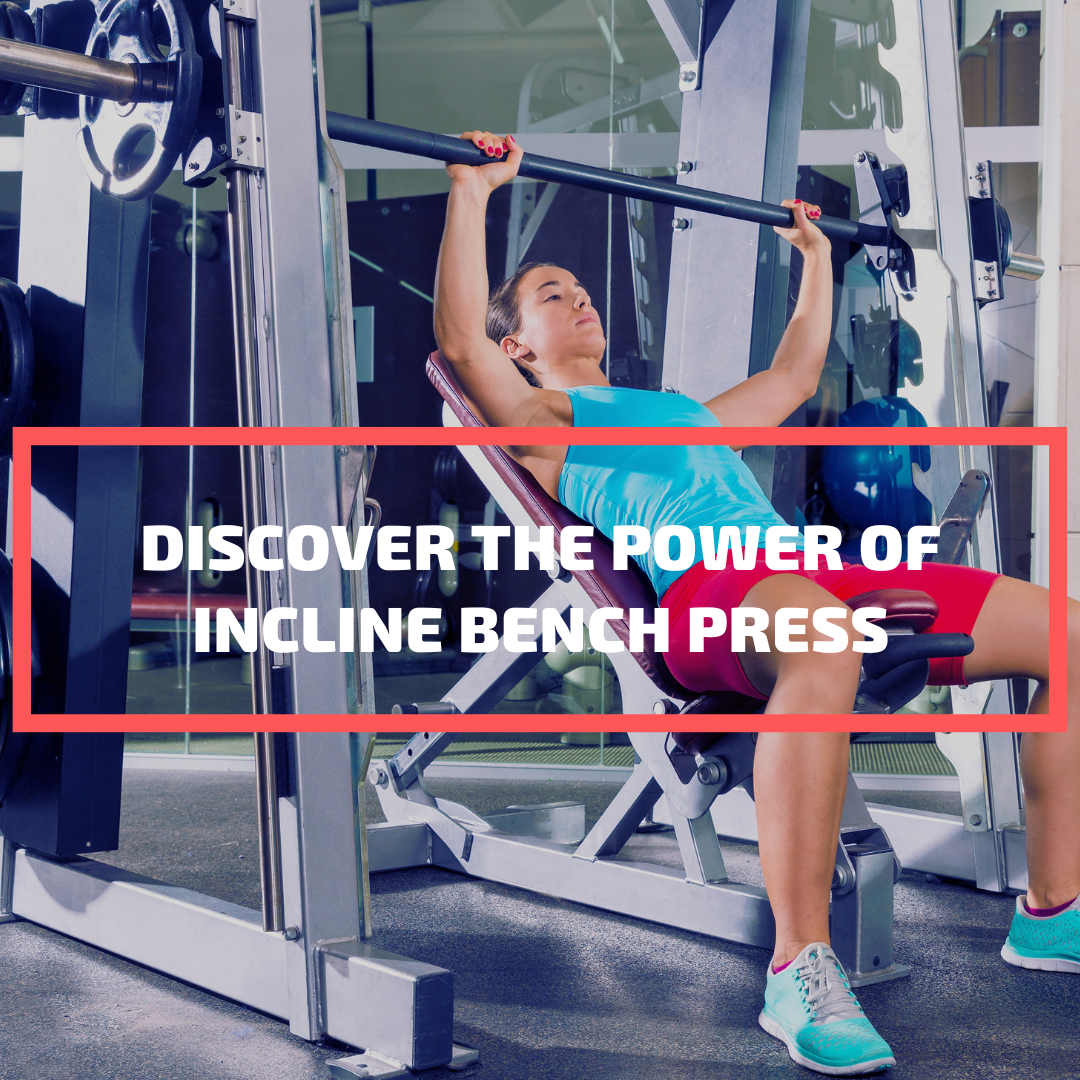Training Tips for Maximising Your Workouts with Weight Plates
Weight plates are versatile and essential pieces of gym equipment that can take your workout sessions to new heights.
They can be used for a wide range of exercises and provide a scalable means for increasing the intensity of your workouts.
Types of Weight Plates
There are various types of weight plates available, including standard plates, Olympic plates, and bumper plates. 
Each type offers unique features and benefits, so it's essential to choose the right one for your fitness goals.
Warm-Up and Stretching
Before you dive into a workout with weight plates, it's essential to warm up your body and stretch properly.
This helps to prevent injury and ensures you're prepared for an intense workout.
Dynamic Stretching
Incorporate dynamic stretches such as leg swings, arm circles, and hip rotations into your warm-up routine.
These exercises help to loosen up your muscles, increase blood flow, and improve your overall range of motion.
Correct Form and Technique
Maintaining correct form and technique is vital when performing exercises with weight plates.
Poor form can lead to injury and diminished results, so it's essential to focus on your posture and body alignment.
Progressive Overload
Progressive overload is a principle that involves gradually increasing the weight, intensity, or volume of your exercises over time.
This allows your muscles to adapt and grow stronger, resulting in improved performance and greater gains.
Compound Exercises
Compound exercises work multiple muscle groups simultaneously and are highly effective for maximising your workouts with weight plates.
Squats
Squats are a staple compound movement that targets your lower body, including your glutes, quads, and hamstrings.
Barbell Squats
Use a barbell with weight plates to perform traditional back squats, which can engage your entire lower body and core.
Goblet Squats
For a variation, try goblet squats by holding a weight plate close to your chest while performing the squat movement.
Deadlifts
Deadlifts are another powerful compound exercise that works your posterior chain, including your lower back, glutes, and hamstrings.
Conventional Deadlifts
Load a barbell with weight plates and practice conventional deadlifts, ensuring proper form and technique to avoid injury.
Sumo Deadlifts
For a variation, try sumo deadlifts, which involve a wider stance and an emphasis on your inner thigh muscles.
Bench Press
The bench press is a classic upper body compound exercise that primarily targets your chest, shoulders, and triceps.
Flat Bench Press
Perform flat bench presses with a barbell loaded with weight plates to work on your chest muscles evenly.
Incline Bench Press
Incline bench presses focus on the upper chest and can be done using a barbell or holding weight plates in each hand.
Isolation Exercises
Isolation exercises target specific muscle groups, allowing you to focus on particular areas and develop a balanced physique.
Bicep Curls
Perform bicep curls by holding weight plates in each hand, curling them toward your shoulders, and then lowering them back down.
Tricep Extensions
Hold a weight plate overhead and perform tricep extensions by bending your elbows to lower the plate behind your head and then extending your arms back up.
Cardio with Weight Plates
Incorporate weight plates into your cardio workouts by using them in exercises such as weighted lunges, step-ups, and farmer's walks.
This can help to increase the intensity of your cardio sessions and boost your overall fitness levels.
Safety Precautions
Ensure your safety by using proper lifting techniques, avoiding overloading the barbell, and using collars to secure the weight plates in place.
Mixing Up Your Routine
To avoid hitting a plateau and keep your workouts engaging, regularly mix up your exercises and introduce new challenges, such as different rep ranges, exercise variations, or training techniques.
In Summary
By implementing these training tips and incorporating both compound and isolation exercises, you can maximise your workouts with weight plates.
Always prioritise proper form, technique, and safety to achieve optimal results and minimise the risk of injury.
FAQs
How can I choose the right weight plates for my fitness goals?
Consider factors such as your current fitness level, available space, and intended use. Research the different types of weight plates to find the one that best suits your needs.
How often should I increase the weight during progressive overload?
Progress at your own pace, but aim to increase the weight or intensity every 2-4 weeks to ensure consistent progress.
What other exercises can I perform with weight plates?
You can perform various exercises, including lunges, overhead presses, and bent-over rows, using weight plates.
How many sets and reps should I do for each exercise?
A general guideline is to perform 3-5 sets of 8-12 reps for each exercise. However, this may vary depending on your specific goals and fitness level.
Can I use weight plates for core exercises?
Yes, weight plates can be used to add resistance to core exercises such as Russian twists, weighted planks, and seated plate twists.



